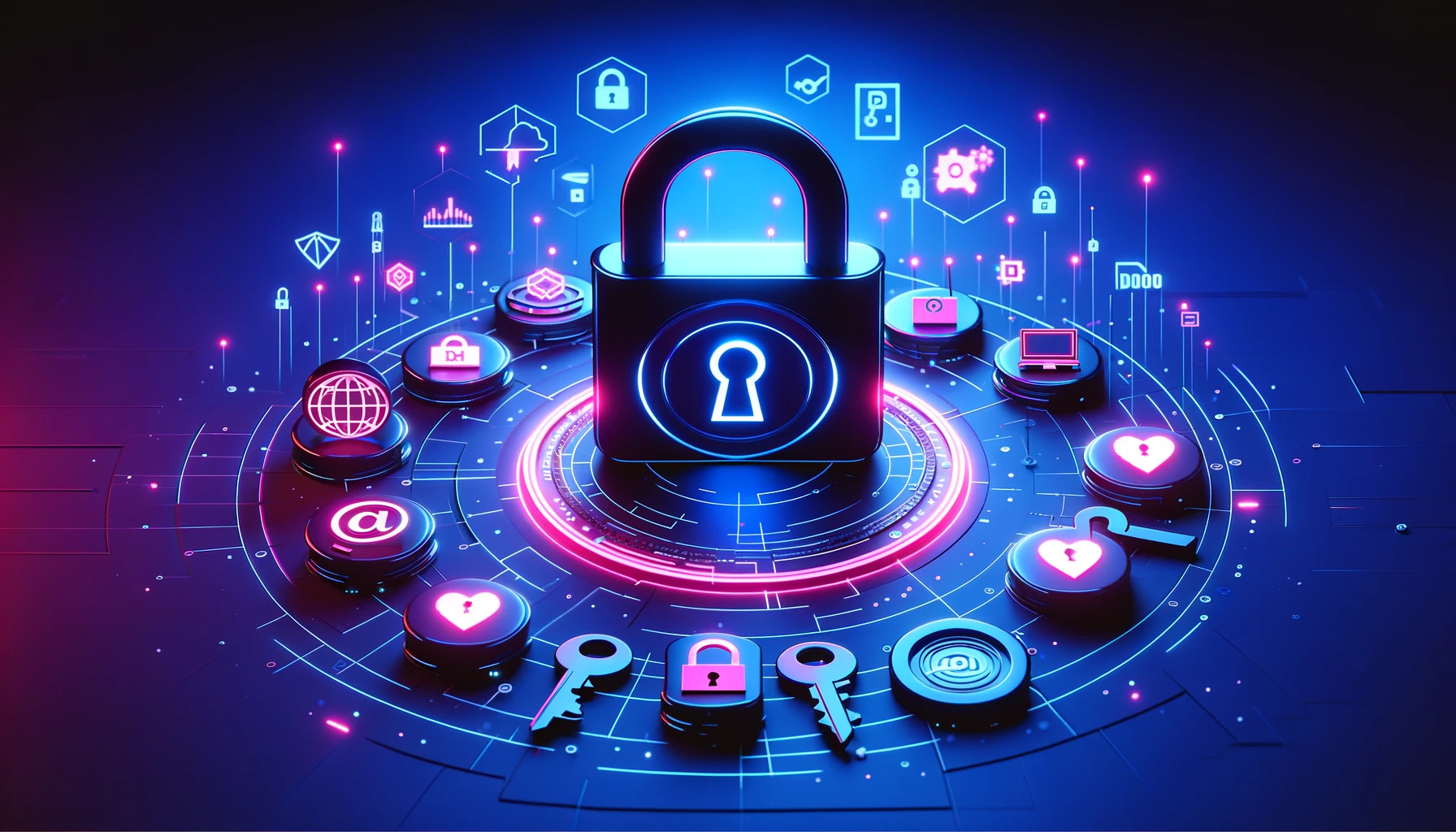DRM Definition

What is DRM?
Digital Rights Management (DRM) is a system designed to protect copyrighted material such as videos, software, ebooks, and similar works. DRM uses various technologies and processes to make it infeasible for someone to distribute illegal copies of this material and steal someone’s intellectual property.
Why is DRM Needed?
In the modern world, copying and distributing digital content is easy. On a computer, a movie, book, or other content is stored as a file. Making an unauthorized copy of that file is very easy, and these files can be distributed via email, cloud storage, and other means.
As a result, pirated content has become common. Sharing music and videos via peer-to-peer (P2P) file sharing and illegal distribution platforms is common. When this occurs, the creators of the work are not properly compensated for the use of their intellectual property.
DRM addresses this issue by making it more difficult for someone to use an unauthorized and illegal copy of a work. While copying files is easy, DRM makes it more difficult to use unauthorized and illegal copies of these files.
How Does DRM Work?
The goal of DRM is to ensure that only authorized copies of a digital work are usable. Some of the tools commonly used for DRM include:
- Access Control: Users may need to authenticate to access their digital content. Additionally, software may have restrictions on where and when it can be used, such as geoblocking Netflix and other services when abroad.
- Encryption: Encryption algorithms make data unreadable and usable without access to the decryption key. DRM uses encryption to block the use of unauthorized copies of a work.
- Licenses: DRM is commonly implemented using licenses, which users purchase to access the software. The validity of a license may be checked locally on the user’s device or via a license server connected over the network.
- Watermarking: Documents may contain visible or invisible watermarks tying them to their owners. This makes it easier to trace who made unauthorized copies of a work.
- Anti-Reversing Protections: Software may contain defenses designed to obfuscate or scramble the code. This makes it harder for someone to reverse engineer the program and bypass its DRM protections.
Pros and Cons of DRM
DRM is designed to protect the rights and intellectual property of creators. It also ensures that they are able to monetize their work by preventing the release of unauthorized, free copies.
However, DRM also has its disadvantages. It can make it more difficult for people to use legitimate-purchased digital content and creates the risk that the vendor might unilaterally withdraw access.
Conclusion
DRM is a solution designed to protect against digital piracy. Using access controls, cryptography, and other solutions, an organization can make it more difficult for someone to create and distribute unauthorized copies of a work.
These controls help to protect the creator’s rights, intellectual property, and ability to monetize their work. However, these protections aren’t perfect and can inhibit legitimate users from taking advantage of the digital content that they purchased.